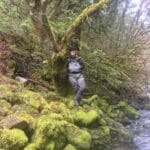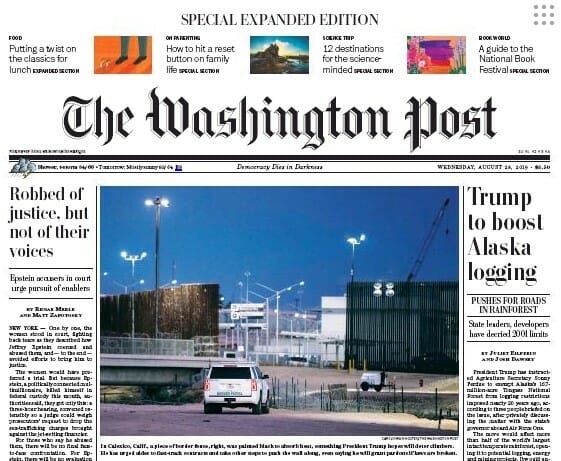You may have seen the recent story by The Washington Post breaking the news on backroom deals being made to repeal important protections for the Tongass National Forest in Southeast Alaska. The Tongass is our nation’s largest, and it produces 50 million wild salmon annually, making conserving it a core campaign for Trout Unlimited and a bucket list destination for anglers worldwide.
We were disappointed but not all that shocked to hear that Alaska’s governor and the Trump administration have teamed up to undo the Roadless Rule on the Tongass. The Roadless Rule, created almost 20 years ago, keeps wild landscapes intact by prohibiting commercial logging and logging roads in undeveloped areas. In doing so, it saves taxpayers money and it safeguards drinking water, fish and wildlife habitat and recreation areas. Learn more about the Roadless Rule here.
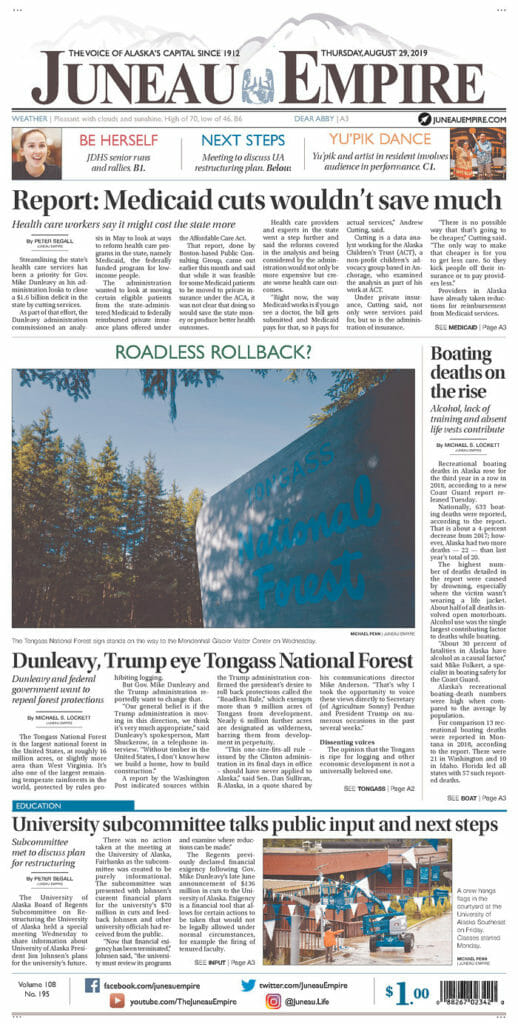
Aside from the obvious threat to habitat and recreation areas from adding new logging roads and industrial old-growth logging to wild places, understanding why it’s such a bad idea to undo the Roadless Rule on the Tongass is best done equipped with a little history on how messy management of the forest has been without it. It’s a crazy story, but I’ll try to keep it short.
Despite its amazing fish values and serene landscapes, the Tongass is known as a place of conflict and timber wars.
To better-populate and energize the economy of the region, the government established three 50-year timber contracts in the 1950s that ultimately led to massive clear cuts. That led to unsustainable logging of old-growth spruce, hemlock and cedar on nearly half a million acres of the forest. Two-thirds of the large-tree old-growth forest in the Tongass was logged in this period. The bulk of this harvest took place in and along some of the most prolific salmon and trout streams in the region. More than 5,000 miles of logging roads were built at a cost of as much as $90 million per year to U.S. taxpayers, which were harmful to fish and some are still in need of updates to better protect fish today.
It wasn’t until passage of the Tongass Timber Reform Act (TTRA) in 1990 that this subsidized ravaging of the Tongass finally waned. Strongly supported by local sport and commercial fishermen, the TTRA established stream buffers and put several high-value fish watersheds off-limits to logging and road building. As timber harvests declined, the fishing and tourism industries grew and now create over $2 billion in annual economic activity and account for more than 25 percent of employment in the region.
Recognizing this change, in 2010, the Forest Service formalized a compromise forged by many stakeholders from the region. They committed to transition away from damaging old-growth logging and shifted to a new focus on the harvest of young growth from the previously-roaded land base, which is a win-win solution that maintains the industry while better protecting fish and sustainable resource-based industries across the region.
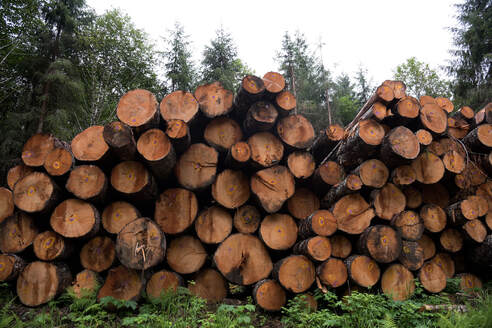
With this shift to a more sustainable timber industry and a new Forest Plan in 2016, which included protections for 77 high-value fish watersheds identified by Trout Unlimited (known as the “Tongass 77”), many hoped the timber wars of the past 70 years had finally concluded.
However, in 2018, the Secretary of Agriculture tossed the years of difficult consensus-building out the window when he accepted a petition from the state of Alaska to begin a review of the Roadless Rule on the Tongass. The fate of some 9.5 million currently roadless acres and a ton of fish watersheds lie in the balance.
This brings us to our Washington Post story. This month, politics have edged out the science and compromise. We’re now staring down a full exemption of the forest to the Roadless Rule that could re-open the 9.5 million acres to the dire position we were in a half century ago.
Repealing the Roadless Rule undermines all that progress. It is bad for salmon, bad for business, and runs contrary to the will of Alaskans and the public.
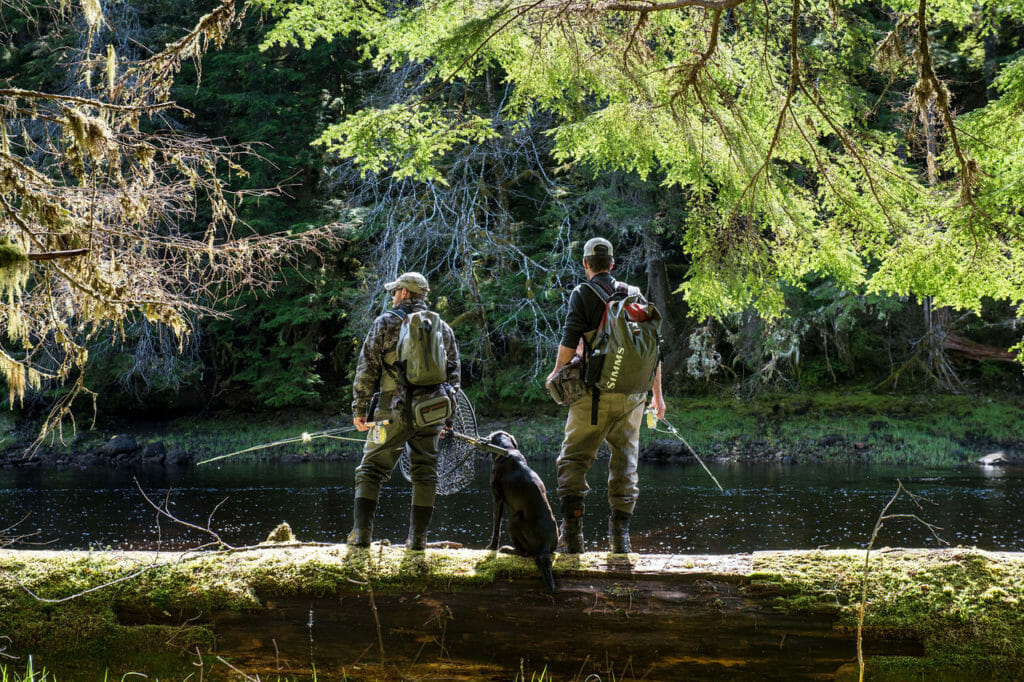
The Forest Service, through their original willingness to find compromise and transition away from unsustainable and highly-subsidized old-growth logging, has shown that they too, have moved past the roadless debate. As with the majority of Southeast Alaskans, the agency realizes that the future of the Tongass is salmon; and roadless areas grow them in abundance.
With the timber industry now just a shell of its former self — highly taxpayer subsidized and employing just 1 percent of Southeast Alaska — it’s very clear this type of political interference from the White House serves no one well.
We’re gearing up for a public comment period on the Roadless Rule and hope many around the country will join us in telling the Forest Service to honor the wishes of Southeast Alaskans, not the governor’s favors to a dying industry serving a select few.
Politics is no replacement for science and the will of the public. Please follow us online and make your voices heard.


